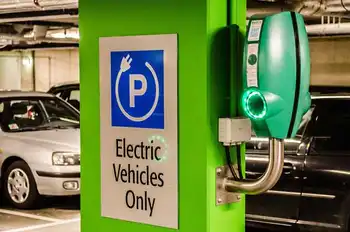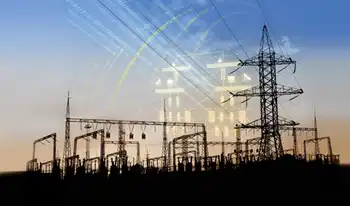Orrin Hatch helps break ground for geothermal project
By macroworld
CSA Z463 Electrical Maintenance -
Our customized live online or in‑person group training can be delivered to your staff at your location.

- Live Online
- 6 hours Instructor-led
- Group Training Available
The planned geothermal power plant is anticipated to produce up to 11 megawatts (MW) of clean renewable energy this year.
Commenting at the groundbreaking ceremony, Senator Hatch said, "Today marks a turning point in our energy future. I believe geothermal power will play an increasingly significant role in our nation's renewable energy plan. New geothermal technology, combined with Raser's innovative development strategy, can unlock this nation's vast reserves of geothermal power.
“If our goal is to reduce greenhouse gases, then increasing our renewable energy production is a must. Utah has one of our nation's largest geothermal resources, and I'm pleased Raser is setting the pattern for our future with today's groundbreaking.”
Jason Perry, Executive Director, Utah Governor's Office of Economic Development, also discussed Utah's efforts to increase the amount of renewable power produced and used in Utah. Mr. Perry said, “As one of the leading economies in the country and a progressive energy producing state, Utah is proud to be on the forefront of new cutting-edge technologies such as is being demonstrated today with this geothermal power plant.”
Dianne Nielson, Energy Advisor to the Governor, also spoke at the groundbreaking and said, "Renewable energy is a key component in helping to grow Utah's economy. By developing Utah's vast geothermal resources using new technology, Raser is helping to create an important new renewable energy industry in Utah. This type of clean renewable power is ideally suited to meet our needs for a diverse energy supply.
“At the same time, we are making our own renewable resources much more economically competitive. Most importantly, by developing low impact resources like geothermal, we not only protect our beautiful environment here in Utah, but we help revitalize our rural economies as well.”
“Today we have attained another milestone toward our goal of generating clean renewable electricity from the earth's substantial geothermal resources, which will reduce carbon emissions and produce healthier air for homes and families,” said Brent Cook, Raser's Chief Executive Officer. “We are grateful for the support and service of Senator Hatch and the State of Utah. We will continue to endeavor to exceed our goals and meet the growing demand for clean renewable energy.”











